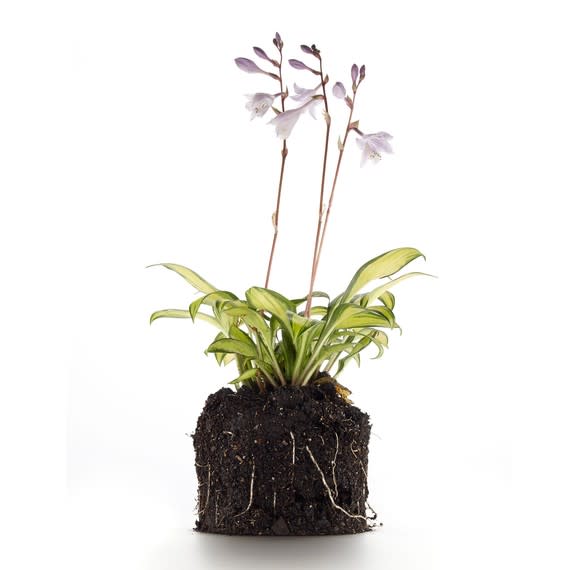Garden Calendar at a Glance: Your Guide on When to Plant Flowers, Shrubs, Vegetables, and More

One of the most common question asked by gardeners is, "When is the best time to plant?" In general, the battle over ideal planting season is usually between spring and fall. After a long winter, springtime is a welcoming signal to get out those hibernating gardening supplies and wake up the ground. The weather is usually mild, there is plenty of clean up work to be done, and the nurseries are starting to fill up with color. Plus, spring is ideal for tidying up, filling in gaps and sowing seeds. Then there's the other contender, and that's fall. With shorter days and cooler air temperatures, this late season is also the smart choice because the soil is still cozy, which allows roots to grow until the ground potentially freezes, there's less urgency to keep plants well watered, and plants are winding down their activeness. It's important to remember that the window for fall planting generally ends six weeks before your area gets a hard frost and the ground freezes.
So, what's really the best time to plant your favorite shrubs, flowers, trees, and grasses outdoors? It's not so cut and dry. Some plants are only available at certain times of the year, and that alone determines their planting season. Certain roses and trees are sold as bare roots, which means they should only be planted in the dormant season of late autumn and winter. Spring-blooming bulbs, on the other hand, require a cold dormancy period to bloom. The overall weather should also be taken into account. If we experience an unpredictably wet spring, then working the soil can be unfruitful; if we experience very hot summers, it's best to patiently wait until the fall to put your plants in the ground. With all that said, here are some general guidelines for when to plant different plant types so that your garden flourishes year round.
Related: Understanding Your Plant Hardiness Zone
Container-Grown Trees and Shrubs
These variably-sized plants, from small shrubs to mature tree specimens, have the advantage of usually being available year round. That means they can be planted most times of the year. However, if you live where it snows then you'll obviously want to wait until the ground is workable, and if you plant during the growing season (April to October) be aware that extra water will be needed for successful, healthy growth.
Container-Grown Perennials, Bamboo, Ferns, and Grasses
For best growth, the optimal time to plant these types of plants is in the fall because they will have some time to settle in and become established before the spring comes and their roots start to grow. However, if the plants you want are only available in the spring then plant at that time and be sure to water and mulch well.
Bulbs
When it comes to bulbs, the general rule of thumb is to plant them one or two seasons before they'll make their flowering debut. Spring-flowering bulbs should be planted in autumn and early winter while summer-flowering bulbs should be planted in the spring. Autumn flowering crocus, on the other hand, should be planted in winter because they send up leaves in the spring and then flower in late summer.
Annuals
The specific type of annual and your climate determines the ideal planting time. Annuals can be "cool season" or "warm season" thrivers based on their hardiness. Cool-season annuals, such as primulas, grow best when temperatures are mild and the soil is cool. That means they're better-suited to spring and fall planting. Warm-season annuals, such as impatiens, grow in the warmer months and are cold sensitive. You'll want to plant these flowers in the very late spring and summer.
Bare-Root Plants
These au natural plants offered with their roots exposed—usually fruit trees, roses, or perennials ordered online—should be planted right away so that their roots don't dry out or they break dormancy before you can get them in the ground. These plants are usually available from November to March. It's also important to note that bare-root plants are often more affordable than their potted, growing counterparts.
Lawns
Turf grass is best known for being planted in the spring or the fall with September taking first prize because the ground temperature is pleasant for root growth and rain is usually on its way. The runner up is mid-spring when the ground is beginning to warm up.
Vegetables
Cool-season crops—such as spinach, broccoli and potatoes—grow best when temperatures range between 40 degrees and 75 degrees. In most zones, these cool-loving types can be planted two to four weeks before the last spring frost. Summer veggies, on the other hand, dislike frost so plant after your last frost date when nighttime temps remain above 50 degrees.
(function(d, s, id) { if (d.getElementById(id)) return; var js = d.createElement(s); js.id = id; js.src = '//cdn4.wibbitz.com/static.js'; d.getElementsByTagName('body')[0].appendChild(js); }(document, 'script', 'wibbitz-static-embed'));
